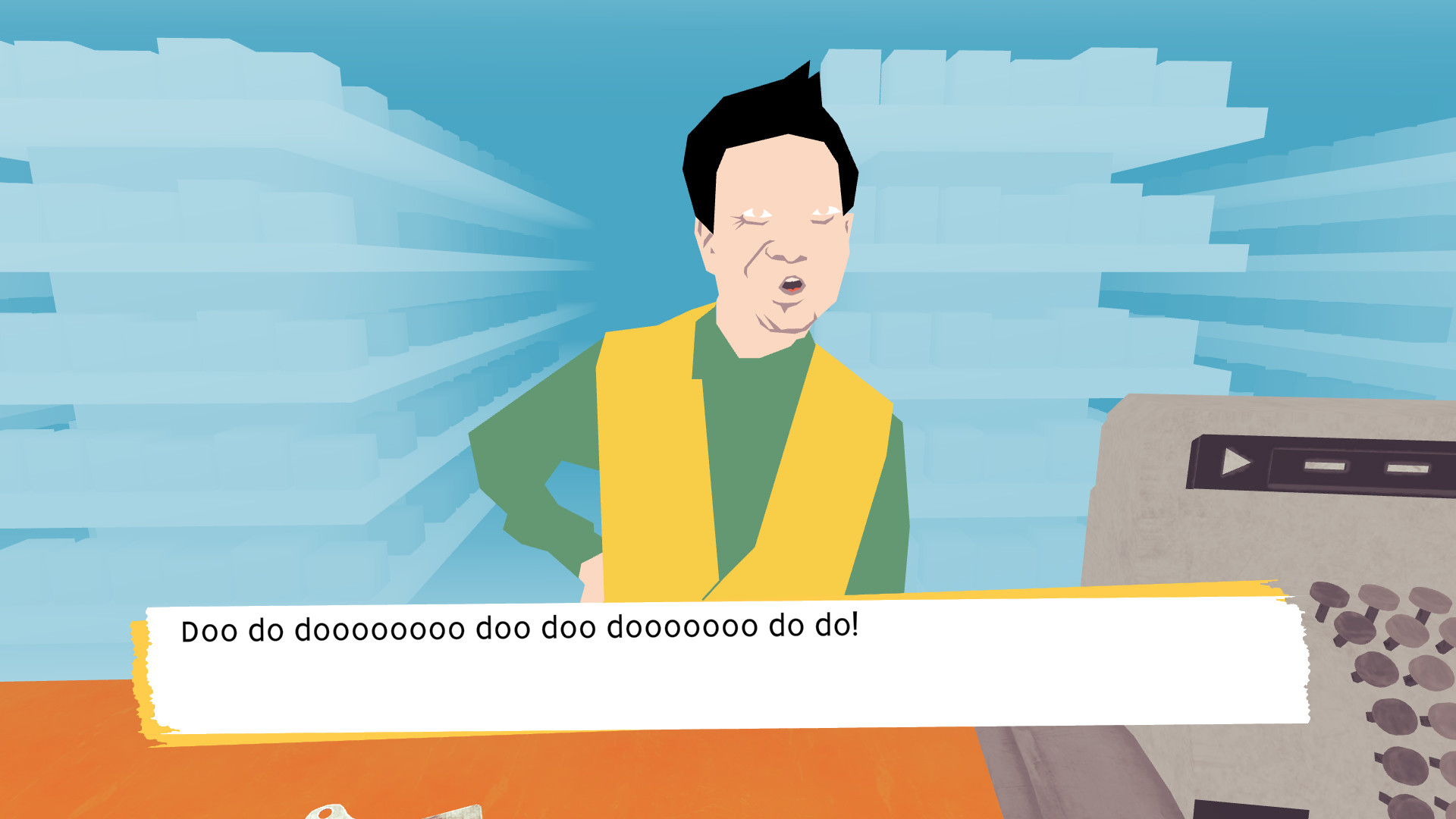
-thumb-900x1185-3071064.png)
Using these affective expressions in a variety of simulated SAR situations, we evaluated the effect of these expressions on participants' (adopting the role of rescue workers) situational awareness.

In the third experiment, we created affective expressions for an appearance-constrained outdoor field research robot using LEDs as an expressive channel. allows for such mappings to be adjusted for different emotion sets and different robots. The second study used Affect Control Theory as an alternative method for deriving such mappings. In the first experiment, we investigated the feasibility of conveying information related to SAR situations through robots' emotions, resulting in mappings from SAR situations to emotions. We conducted three online studies with 112, 223, and 151 participants to investigate the benefits of using emotions as a communication modality for Search And Rescue (SAR) robots. Emotions can provide a natural communication modality to complement the existing multi-modal capabilities of social robots, such as text and speech, in many domains.


 0 kommentar(er)
0 kommentar(er)
